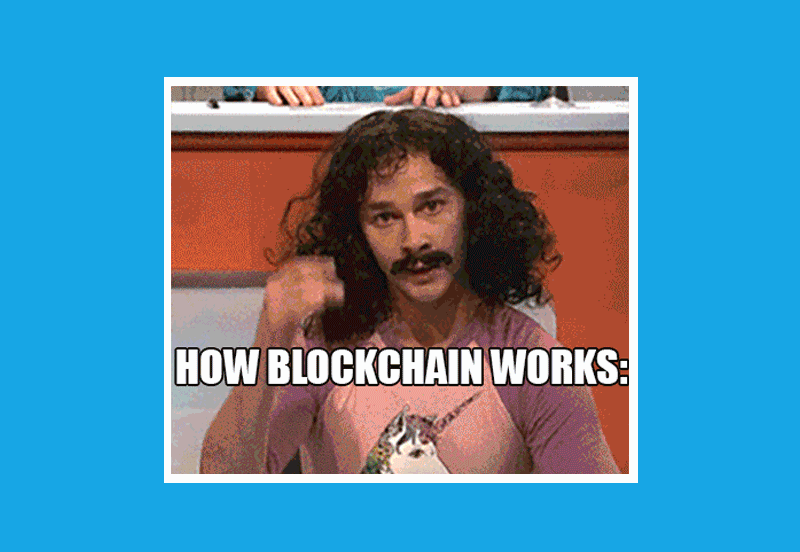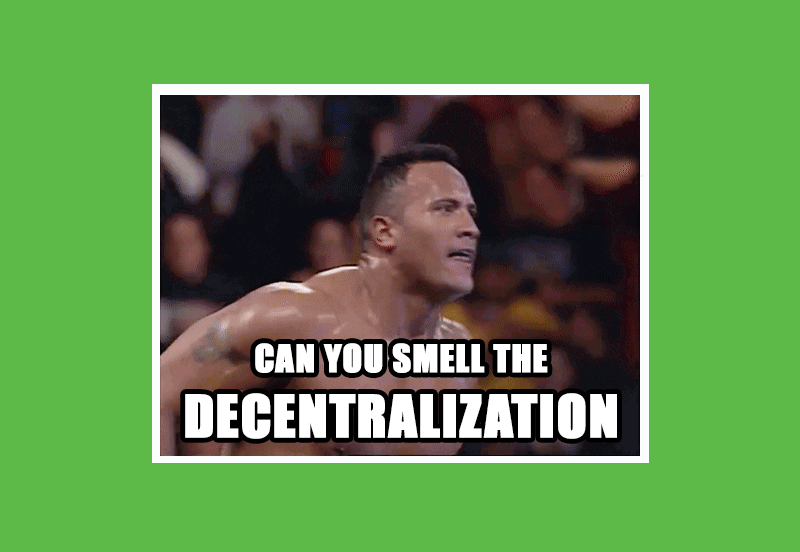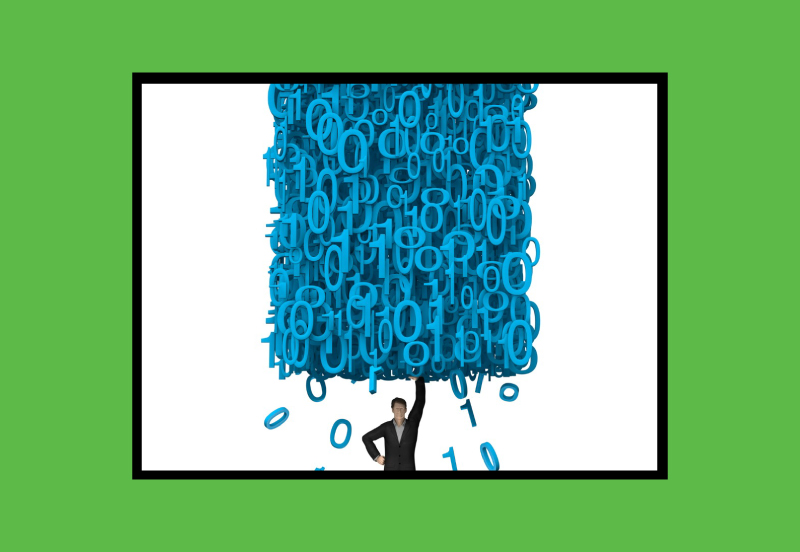Decentralizing Money Services – “The Treasury Could Bun Dong”
Author: Jason Dookeran

Most people know where the Treasury is in Port of Spain. It have a whole street named Treasury Street!. The Treasury is the heart and soul of Trinidad’s economic system. It makes the dollars we use to buy everything from cars to doubles. In a recent soca song, Full Extreme, the refrain went, “The Treasury could bun down, We jammin’ still, we jammin’ still” 💃🏼
But what would happen if the Treasury were to actually burn down? To start with, all the money inside it would go up in a puff of smoke. More importantly, the government would have a more challenging time putting money into circulation. Centralized monetary systems have the shortfall of relying on a single entity that keeps and maintains the currency’s value. In a decentralized system, it’s a bit different.
The Change in Systems
Money services such as lending, borrowing, even mortgages are built on a centralized system where a credit score determines if you can borrow money or not. Usually, this means if you don’t pay your bill to Digicel or Flow, after a few months, they disconnect you, and no other company will do business with you until you clear your deficit. 😥
A centralized system such as a credit score relies on all parties updating the score. The problem is that if you have a fault on an account that’s not due to anything you did, it’d still register as being your fault. Thus, failing to pay a power bill, for example, could affect your ability to afford a house.🏡
Decentralized systems rely on exchanges to “exchange” money or crypto of one type for another denomination of coins of the same value. In a decentralized system, you can borrow money from an exchange based on your own stake in that exchange’s operation. The stake serves as your collateral but also earns you interest. This borrowing system is partially how individuals who take part in yield farming make their rewards.
In addition to our recent series on decentralized finance, to learn even more on the subject, you might check out The New York Times’ very in-depth explanation of crypto banking and de-fi.





